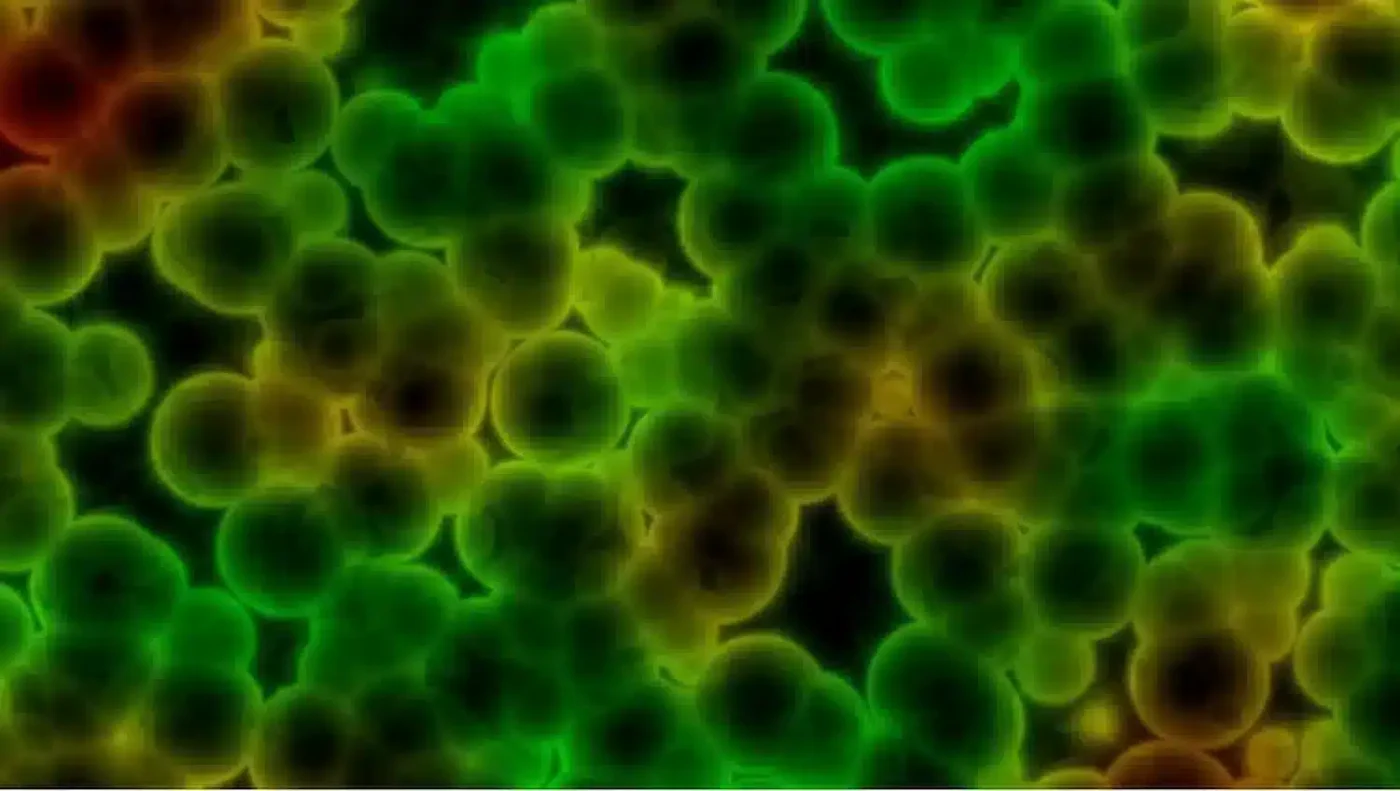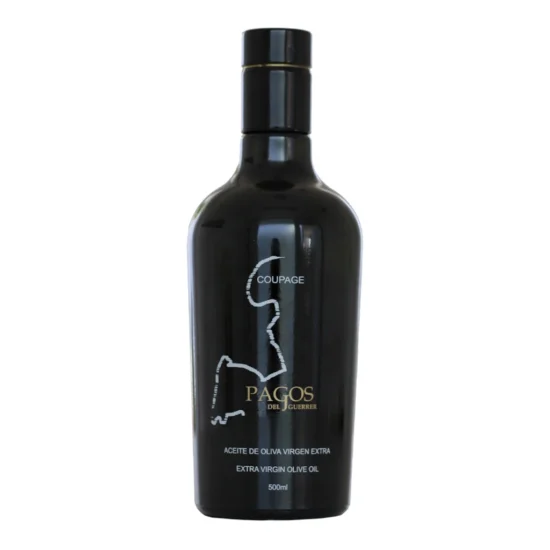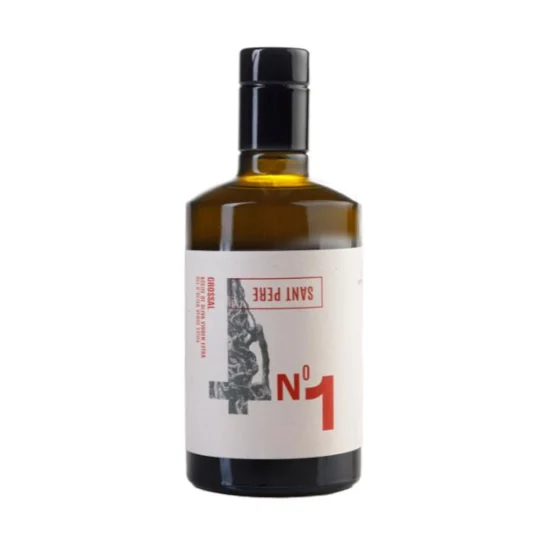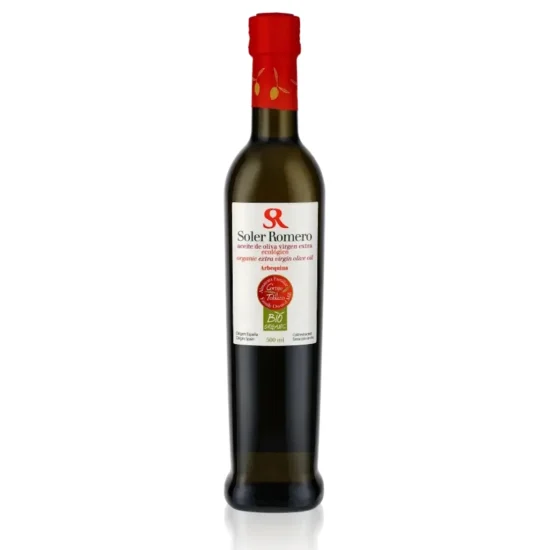
The goal is to add laboratory analysis to the routine tests performed by extra virgin olive oil tasting panels to confirm quality and determine organoleptic characteristics.
One of the most relevant challenges has been to identify how a particular molecule relates to the organoleptic profile and which molecules correspond to a positive or negative attribute. The Italian Association of the Edible Oil Industry (Assitol) asked producers and laboratories throughout Italy to participate in the final testing phase.
According to current European Union regulations and the standards of the International Olive Council (IOC), the evaluation of extra virgin olive oil quality requires a testing panel. It is indeed a method based on human skills, as it requires at least eight expert tasters following an established procedure, their sensory organs constituting the analytical equipment for the panel test. The new analytical tool is based on solid scientific technology, which allows the extraction of volatile compounds from extra virgin olive oil and the identification of their specific molecules.
According to Assitol, the entire sector would benefit from the new analytical procedure once it is perfected and translated into a legal standard. In particular, one of the immediate advantages would be the ability to analyze a large number of samples from different suppliers. In this way, the new method could allow for an initial selection of samples to quickly exclude those that do not fit the desired profiles, which could greatly speed up procedures and support panel testing.
Furthermore, Assitol believes this approach would improve the information provided to consumers, as we currently have limited options for including sensory indications on extra virgin olive oil labels. Only ‘fruity,’ ‘bitter,’ and ‘spicy,’ can be used, as these are determined by the only legal analytical system, the panel test.
This means that the extra virgin olive oils on sale are not sufficiently differentiated. In the future, an analytical tool capable of detecting herbaceous, artichoke, almond, or many other positive attributes could be available. In fact, this could even help develop new regulation on extra virgin olive oil labeling. Other advantages would be allowing a producer to verify the stability of extra virgin olive oil over time.
In fact, in industries such as wine, coffee, tea, and chocolate, this analytical approach based on volatile compounds has been studied and detailed more than in the olive oil sector. This explains the relevance of this research, as it complements the panel test, a legal control method not available to other food sectors. The new approach strengthens the work of the panel test.
Furthermore, most of the equipment needed for the new analytical method is likely already available in many laboratories. However, in addition to the proper equipment, it also requires a trained technician to operate it.
The objectives of the new method are similar to those of the European Union’s Oleum project, which is also in its final stages of development: rapid and reliable control and verification systems with reproducible results worldwide, sustainable and cost-effective.
Important Note: aceitedelcampo.com promotes the consumption of extra virgin olive oil for its culinary qualities and health benefits. However, no medication or current treatment should be replaced without the guidance of a healthcare professional.




ALZAYT EXPORT SL
info@aceitedelcampo.com
C/ Eduardo Bosca 19, 2-5
46023 Valencia
Subscribe and receive a coupon by email for your next purchase.